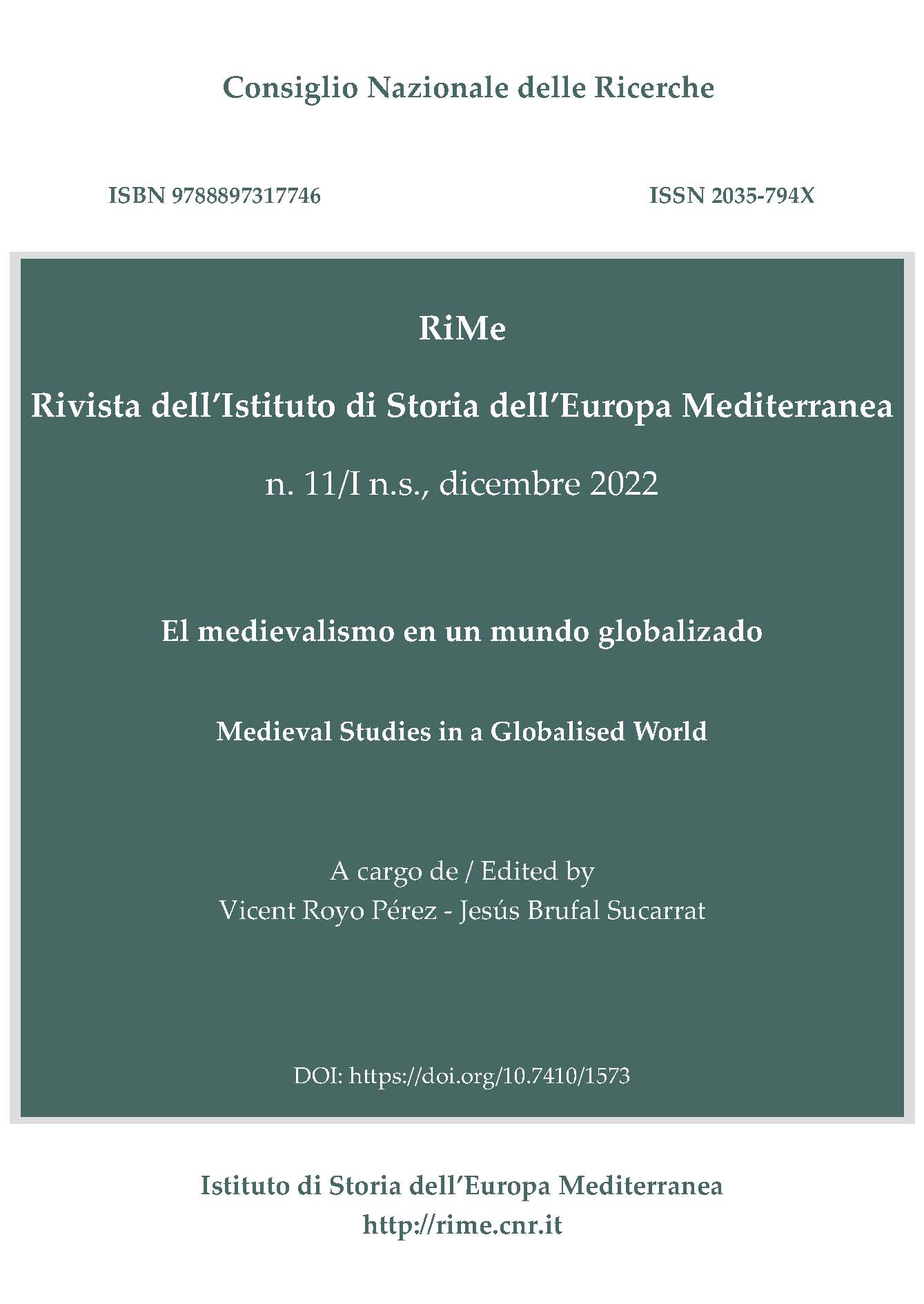Quem patrem, qui servus est? Divulgar (y enseñar) la historia de la esclavitud en la Europa meridional el caso de España
Quem patrem, qui servus est? Disseminating (and teaching) the history of slavery in southern Europe: the case of Spain
Abstract
The history of slavery during medieval times in Europe is an increasingly consolidated field of study. Capable of dialoguing both with medievalism and slavery studies in a broad sense, the transmission of this knowledge to society is still not easy. Although some European countries have implemented active awareness policies that have led to the integration of the history of slavery in their compulsory education curricula, in others, such as Spain, this kind of initiative is practically non-existent. After describing the development of slavery in medieval Western Europe, this article analyzes the situation of the divulgation and transmission of this historical fact, in a broad sense, in Spanish society.
La historia medieval de la esclavitud es un campo de estudio cada vez más consolidado. Capaz de dialogar con el medievalismo pero, también, con los estudios de esclavitud en un sentido amplio, la transmisión de esta parcela del conocimiento a la sociedad sigue sin ser fácil. Si bien algunos estados europeos han implementado políticas activas de sensibilización que han conducido a la integración de la historia de la esclavitud en los curricula de la educación obligatoria, en otros, como el español, este tipo de iniciativas siguen siendo inexistentes. Este artículo, después de describir, a grandes rasgos, cuál fue el desarrollo de la esclavitud en Europa occidental durante la Edad Media, analizará la situación de la divulgación y la transmisión de esta parte de nuestra historia en la sociedad española.

This work is licensed under a Creative Commons Attribution-NonCommercial 4.0 International License.
Authors who publish with this Journal agree to the following terms:
Authors retain copyright and grant the Journal right of first publication with the work simultaneously licensed under a Creative Commons Attribution-NonCommercial 4.0 International License.
This Journal permits and encourages authors to post items submitted to the Journal on personal websites or institutional repositories both prior to and after publication, while providing bibliographic details that credit, if applicable, its publication in this Journal.

















